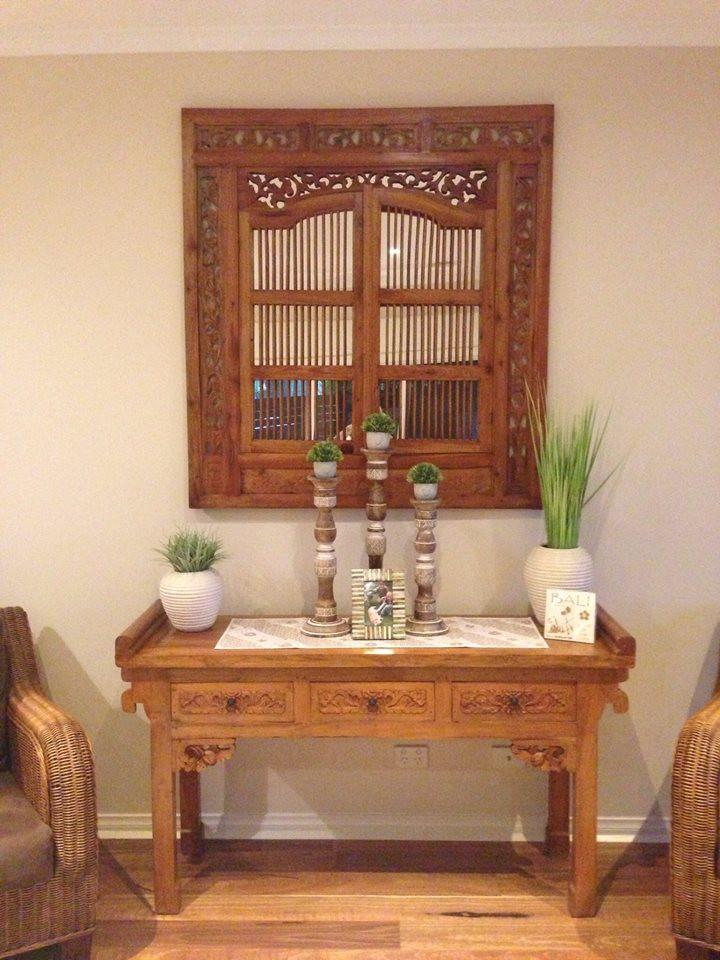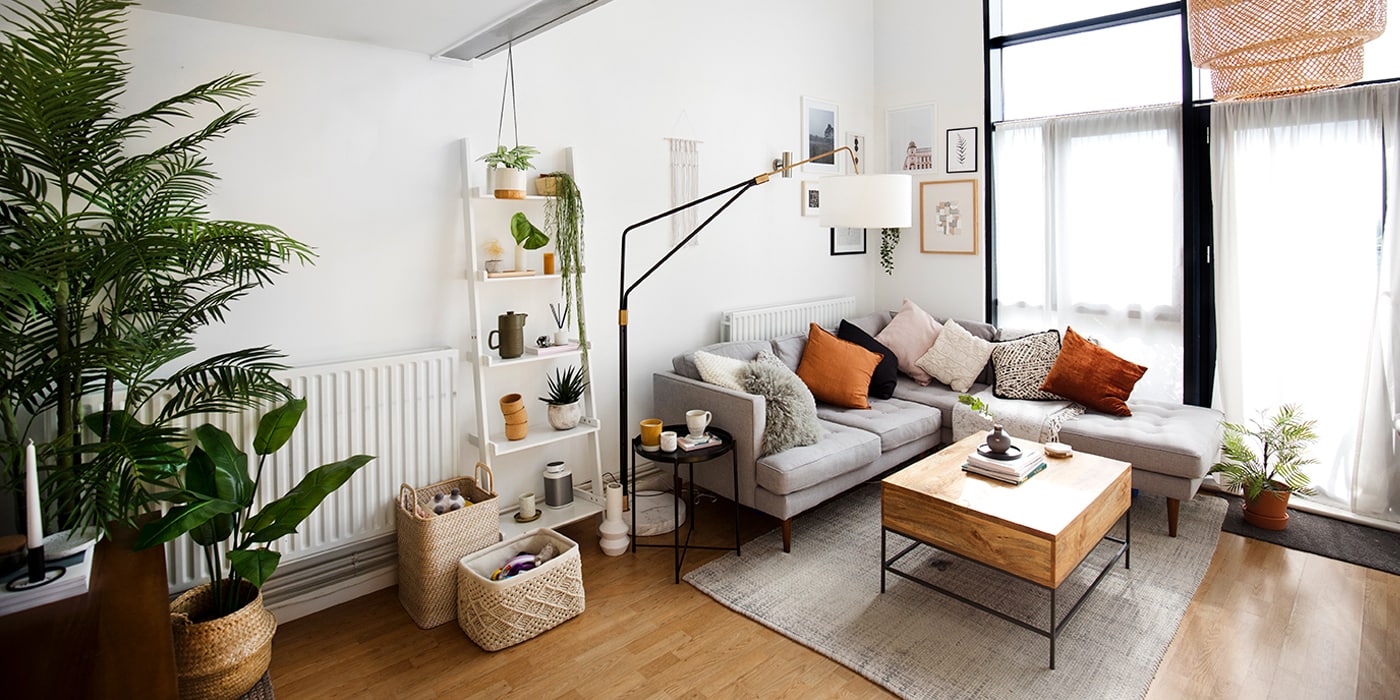Transform Your Area with Home Decor: Ingenious Concepts for Home Improvement
Transform Your Area with Home Decor: Ingenious Concepts for Home Improvement
Blog Article
Discover How to Mix and Match Padding Art to Produce a Comfortable and Personalized Home
In the realm of interior style, the art of blending and matching cushion designs holds the power to change an area from mundane to welcoming. Cushions, commonly overlooked, play a considerable duty in producing a comfortable and tailored home. By thoroughly selecting the best shades, patterns, and structures, you can curate a setting that mirrors your one-of-a-kind personality and design sensibilities. Comprehending exactly how to combine these components sympathetically can elevate your space and stimulate a feeling of comfort and style. Let's check out exactly how the strategic setup of pillows can instill heat and personality into your home décor.
Understanding Pillow Art Styles
How can one compare the numerous designs of padding art to enhance the aesthetic appeal of their living room? Comprehending pillow art styles is necessary for producing a cohesive and visually appealing style. Padding art can vary from typical to modern-day, minimalist to bohemian, and every little thing in between.

Traditional cushion art styles commonly include detailed patterns, such as flower themes or damask styles, which add a touch of style to a space. These designs are characterized by rich shades and extravagant textiles like silk or velvet. On the other hand, contemporary padding art embraces tidy lines, geometric forms, and bold shades to develop an extra modern look.
Minimalist cushion art styles prioritize simpleness and capability, typically featuring straightforward patterns or solid shades. These cushions are optimal for producing a minimalist and clean aesthetic. On the various other hand, bohemian cushion art designs are dynamic and diverse, incorporating a mix of shades, textures, and patterns to create a comfy and inviting environment. By comprehending these various styles, one can successfully match and mix padding art to personalize their living area and develop a harmonious layout system.
Choosing the Right Shade Scheme
Having a clear understanding of cushion art styles lays the structure for efficiently choosing the appropriate color combination to complement and enhance the aesthetic allure of your living space. When choosing a color combination for your cushions, it is important to think about the existing color design of your space - Home Decor. Integrating the pillow shades with the total design can produce a natural and aesthetically pleasing ambience
One strategy is to opt for corresponding colors that contrast with the furniture or wall shades to make the pillows stand out. An additional option is to pick similar colors that are adjacent on the shade wheel, developing a more unified and refined look. In addition, integrating neutral tones like whites, grays, or off-whites can help balance bolder shades and patterns in the area.
Explore different combinations and shades can add deepness and character to your room. Remember, the shade scheme you pick for your pillows can significantly impact the overall atmosphere of your home, so take the time to select shades that reverberate with your style and choices.
Combining Patterns and Appearances
When it involves producing a visually dynamic and welcoming area, mastering the art of blending patterns and structures in pillow style can boost the visual allure of your home decoration. Combining various patterns, such as geometrics, florals, and stripes, can add deepness and aesthetic passion to your living location - Home Decor. To achieve a you can try here natural appearance, find here think about choosing patterns that share a typical color pattern or theme
Along with blending patterns, including various structures into your pillow setup can better improve the total style. Velour, silk, bed linen, and synthetic fur are just a few examples of textures that can bring a sense of high-end and comfort to your space. Mixing smooth and rough structures can produce a tactile experience that adds richness to your decoration.

Planning Cushions for Effect
To take full advantage of the aesthetic effect of your cushion plan, calculated placement and thoughtful coordination of sizes and colors are essential. When organizing paddings for effect, take into consideration the total visual of the space. Begin by putting bigger paddings at the back to give a solid base, after that layer smaller sized cushions in front to include deepness and dimension. Blending shapes, such as square, rectangular, and round pillows, can develop aesthetic interest and balance.
Play with different structures and materials to include tactile allure and splendor to the setup. Velvet, wool, silk, or synthetic fur can bring a touch of visit this site luxury, while cotton and linen provide an even more informal feeling. In addition, including paddings with varying patterns and prints can infuse character and develop a vibrant appearance.
Experiment with asymmetrical setups for a modern and eclectic ambiance, or choose balanced positionings for a much more conventional and well balanced feeling. Remember, the trick is to strike a harmonious equilibrium in between colors, patterns, textures, and sizes to accomplish an impactful and cohesive cushion display in your house.

Customizing Your Room With Pillows
To customize your area with cushions, consider blending different appearances, patterns, and colors that reverberate with you. Opt for cushions that enhance your existing furniture and total color system while adding a pop of character.
Incorporating customized pillows enables you to display your unique design and create a comfy ambience that feels like home. Take into consideration including personalized or personalized cushions with significant quotes, monogrammeds, or pictures that hold nostalgic value. Mixing in these customized components can make your space really feel more welcoming and reflective of that you are.

Final Thought
To conclude, grasping the art of matching and mixing pillow art styles, textures, colors, and patterns can change your living space into a comfortable and tailored haven. By recognizing the various elements that go right into developing a well-coordinated cushion display screen, you can conveniently boost the look of your home. Trying out different mixes to discover what suits your style best and develop a warm and welcoming environment that shows your special personality.
In contrast, contemporary cushion art welcomes clean lines, geometric shapes, and vibrant shades to produce an extra modern appearance.
On the other hand, bohemian padding art styles are eclectic and vibrant, including a mix of patterns, shades, and structures to create a cozy and inviting environment - Home Decor. When selecting a shade palette for your pillows, it is necessary to take into consideration the existing color plan of your room.One strategy is to decide for complementary shades that contrast with the furnishings or wall surface shades to make the pillows stand out. Beginning by putting larger paddings at the back to supply a strong base, then layer smaller sized paddings in front to include depth and measurement
Report this page